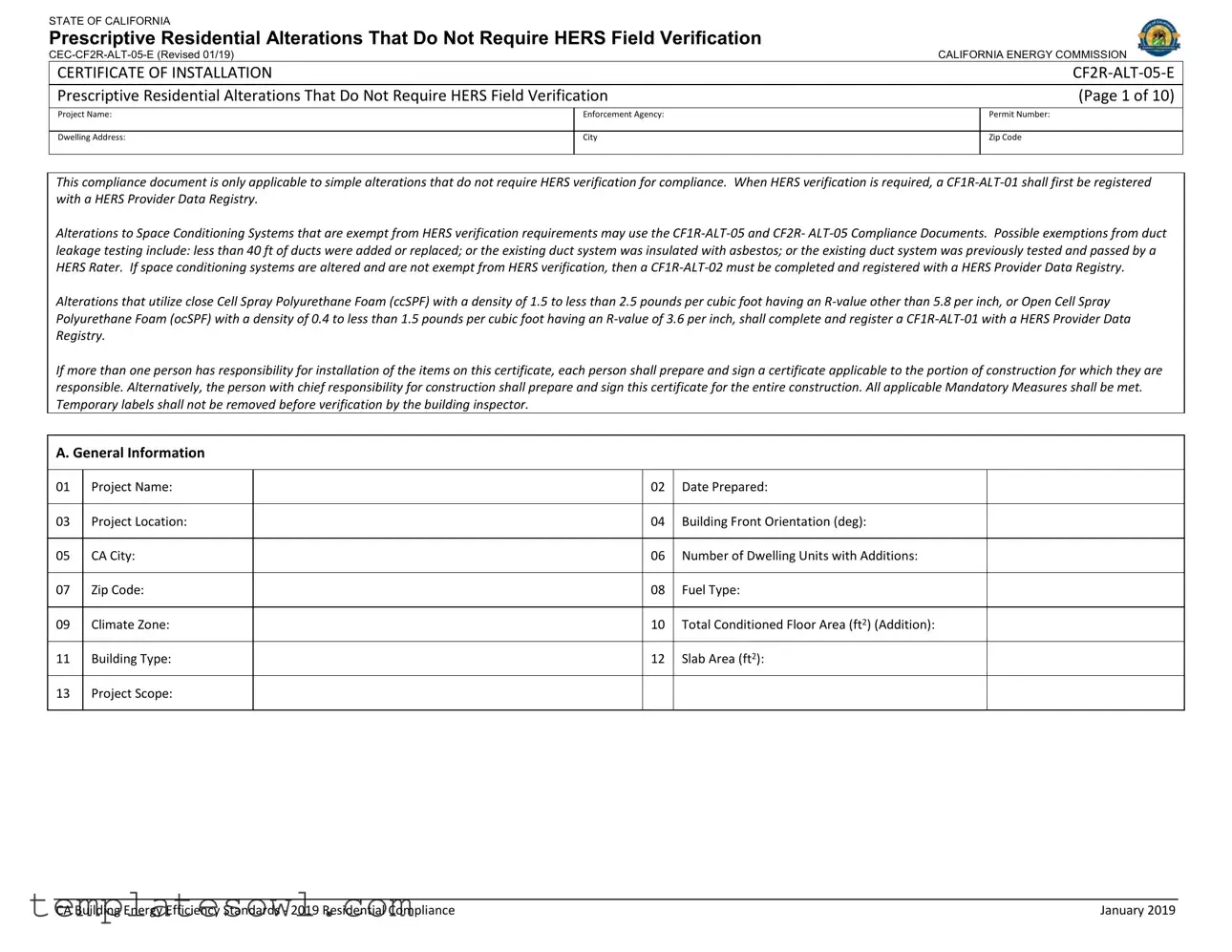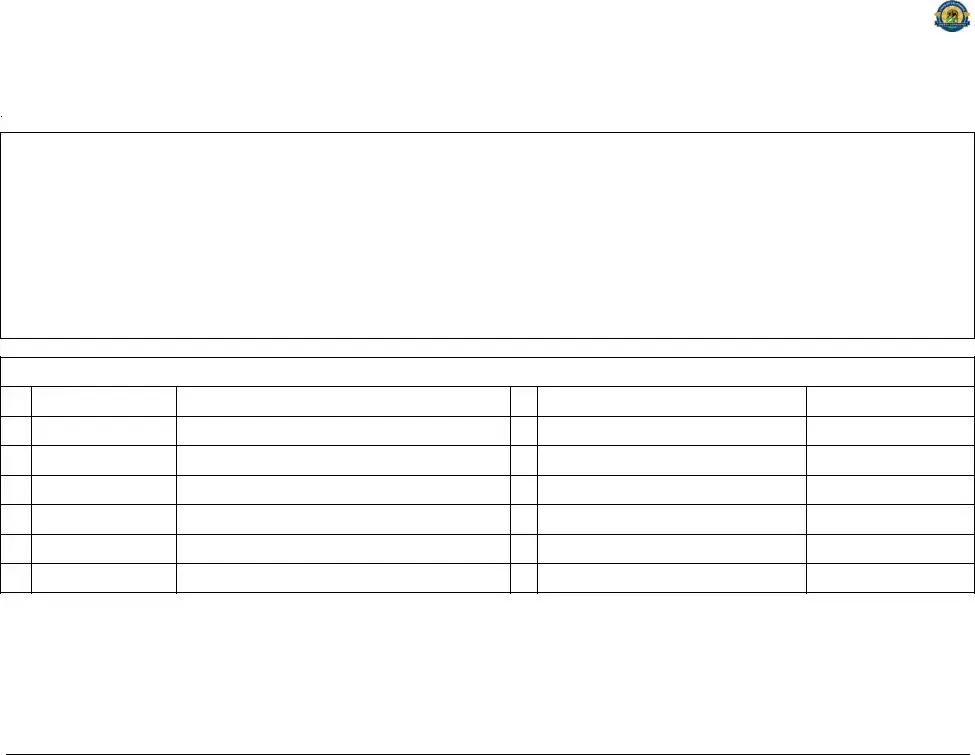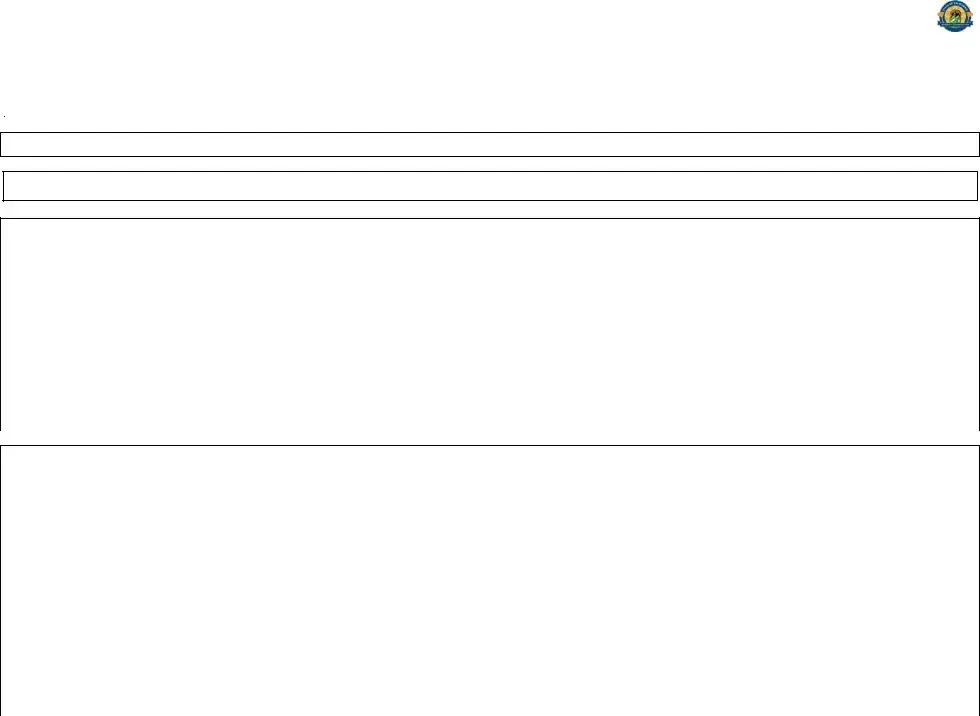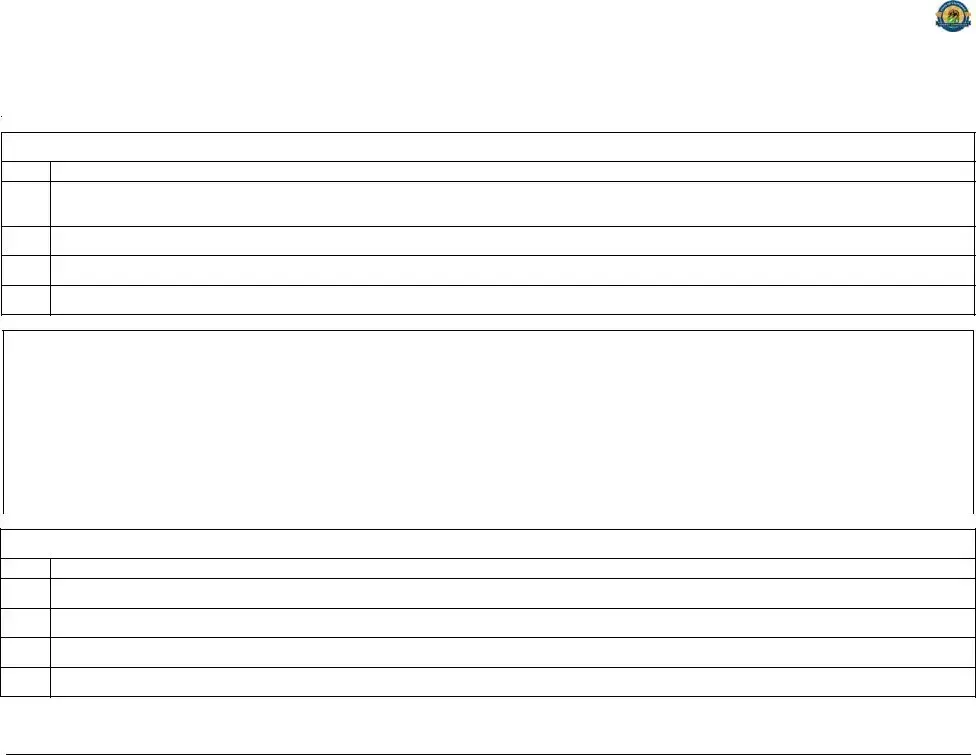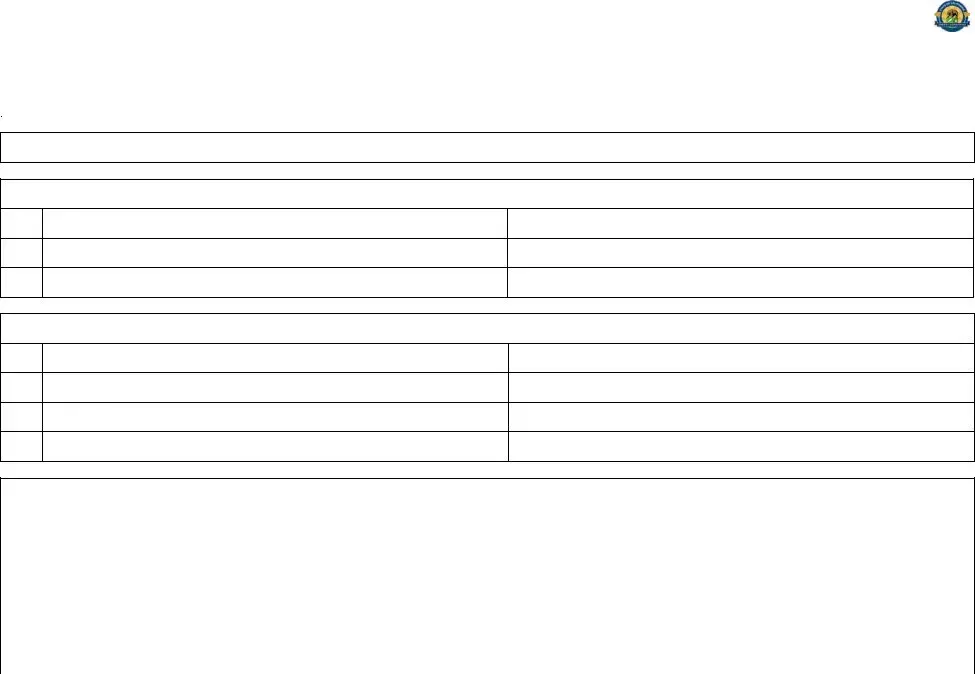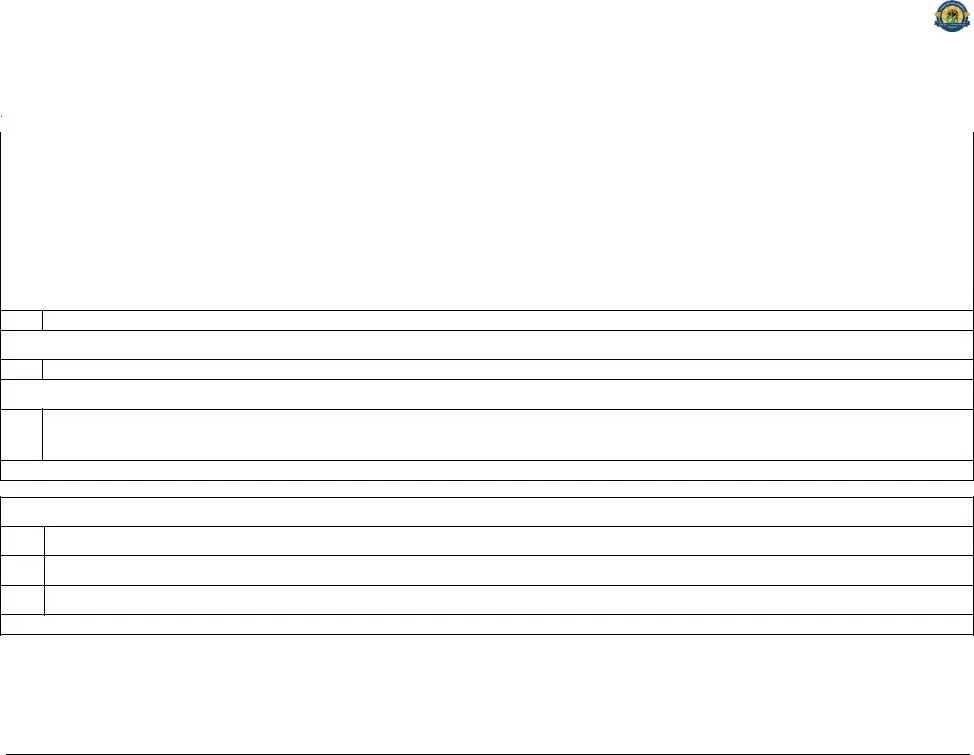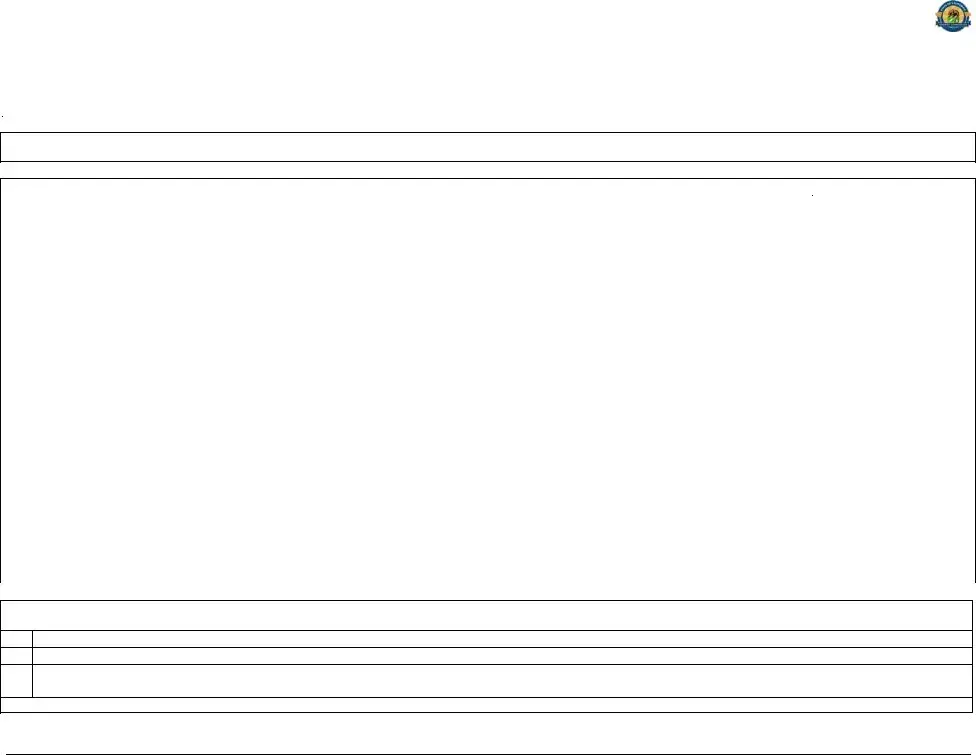What is the CF2R form and when is it required?
The CF2R form, officially known as Certificate of Installation CF2R-ALT-05-E, is a compliance document used in California for prescriptive residential alterations that do not require HERS (Home Energy Rating System) field verification. It is applicable to straightforward alterations aimed at improving energy efficiency in residential buildings. The form must be completed when necessary for specific alterations that are exempt from HERS verification, such as modifications to heating and cooling systems or insulation installations, ensuring that all applicable energy efficiency standards are met.
What sorts of alterations qualify for using the CF2R form?
The CF2R form is appropriate for simple alterations, including minimal modifications to space conditioning systems or insulation changes that do not require HERS verification. Examples include adding or replacing less than 40 feet of ductwork under certain conditions, or using specific types of spray polyurethane foam insulation. However, if alterations trigger the need for HERS verification, then a different form, CF1R-ALT-02, must be used instead.
What are the exemptions from HERS verification when using the CF2R?
Several exemptions apply to the HERS verification requirement when utilizing the CF2R form. If less than 40 feet of ducts are added or replaced, or if existing duct systems are insulated with asbestos or previously passed a duct leakage test conducted by a HERS rater, those alterations may be exempt. Additionally, the type and density of insulation used may also exempt a project from HERS verification, provided certain criteria are met.
Who is responsible for signing the CF2R form?
Responsibility for signing the CF2R form can vary based on the specific circumstances of the project. If multiple individuals are involved in the alterations, each person can prepare and sign a separate certificate relevant to their responsibilities. Alternatively, one individual with chief responsibility may sign the CF2R for the entire construction project. This signature affirms compliance with all applicable energy efficiency measures outlined in the form.
What happens if the temporary labels are removed before inspection?
Temporary labels must remain in place until verification by the building inspector occurs. Removing these labels prior to inspection may lead to non-compliance with building standards. Inspectors rely on these labels as part of the verification process. Failure to adhere to this requirement could result in delays or issues in obtaining final approval for the completed alterations, so it is crucial to follow this guideline closely.
How can installers ensure compliance with the mandatory measures outlined in the CF2R?
Installers can ensure compliance with mandatory measures by meticulously adhering to the specifications provided in the CF2R form and related energy efficiency standards. This includes documenting all installation specifications accurately, sealing all potential air leakage points in the building envelope, and confirming that all insulation and other materials meet the required R-values. Thorough and careful documentation helps provide a clear record of compliance during inspections.
